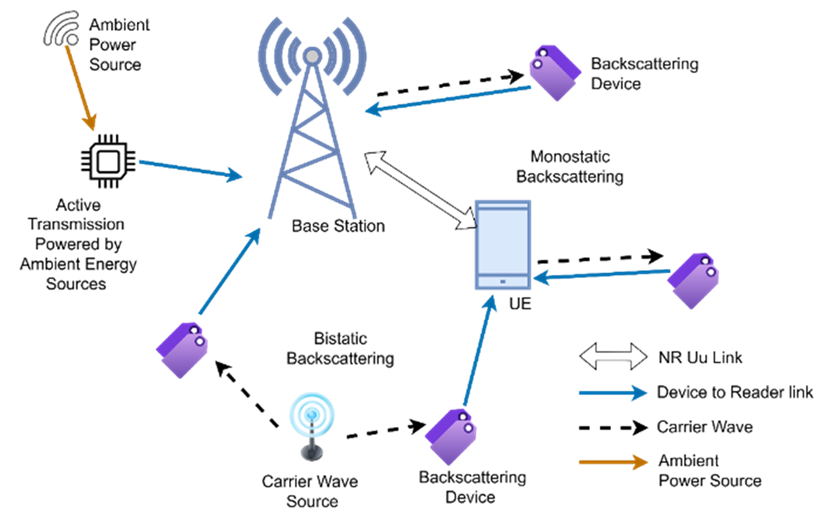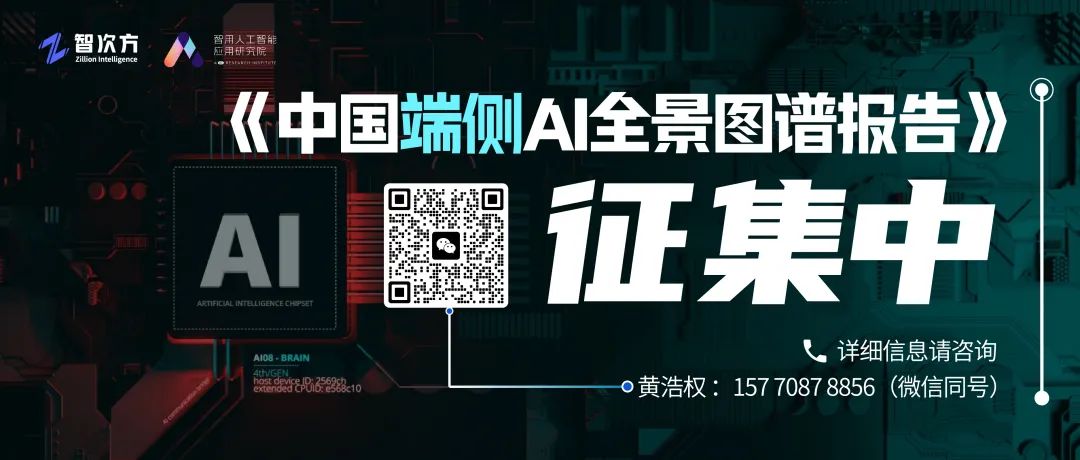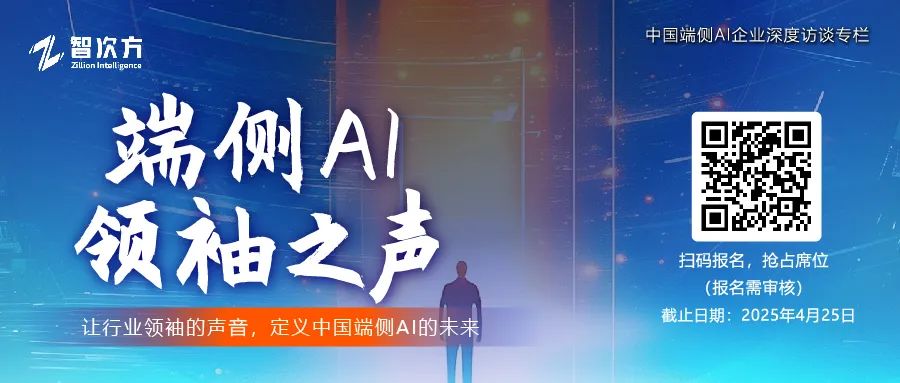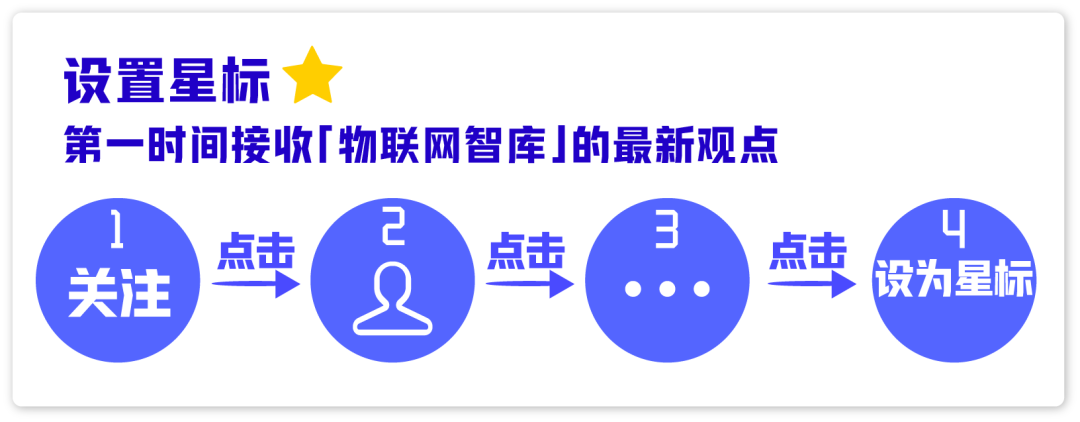
 Author: Zhao XiaofeiIoT Think Tank Original
Author: Zhao XiaofeiIoT Think Tank Original
Passive IoT devices, as a new type of connected device, can collect energy from almost any available energy source in the surrounding environment to support IoT devices. Behind these devices is the Energy Harvesting technology, which has seen the emergence of an ecosystem composed of energy harvesting component manufacturers in recent years, driving the growth of passive IoT devices. Recently, market research firm ABI Research released a report predicting that by 2030, the shipment of passive IoT devices will reach 1.1 billion units, driven by energy harvesting technology.
Formation of the Energy Harvesting Technology Industry Ecosystem
The energy harvesting technology ecosystem mainly focuses on two aspects: one is focused on energy conversion, achieving more efficient conversion of environmental energy into usable energy for IoT devices through technological optimization and innovation; the other is focused on the design of Power Management Integrated Circuits (PMICs), dedicated to developing chips that can manage the collected energy in the most efficient way.
Energy harvesting technology is not a new concept; it has been under research and commercialization for many years. Utilizing this technology, energy can be captured from the surrounding environment and converted into electrical energy. The sources of energy may include various pathways, such as ambient light, vibration, heat, or radio frequency. Although the amount of electrical energy converted from the captured energy is not large, it is sufficient for some ultra-low-power nodes. The development of IoT has led to the large-scale application of wireless sensor networks, and energy harvesting technology, as a sustainable and environmentally friendly power supply method, provides solutions for data collection and transmission in sensor networks.
Currently, the main methods of energy harvesting include:
(1) Ambient Light Energy Harvesting
Light energy harvesting is the most common method of energy harvesting. Currently, solar photovoltaic power generation has taken shape and contributes to future changes in energy structure. Of course, the limitations of light energy collection are also very obvious; the intensity of collected energy is often affected by various external conditions such as time and weather. During the night or on cloudy days, the amount of light energy collected is particularly low, leading to the uncontrollability and unsustainability of light energy harvesting. However, with the development of light-related energy storage technologies, these issues are being addressed. Some relatively fixed wireless sensor scenarios can be equipped with light energy harvesting technology, such as environmental monitoring scenarios.
(2) Vibration Energy Harvesting
Generally, energy collected from vibrations can be converted through the following three methods: piezoelectric conversion, electrostatic conversion, and electromagnetic conversion. Among them, the electrostatic conversion method can convert mechanical energy into electrical energy through electrostatic induction; the piezoelectric conversion method requires an initial voltage difference to perform energy conversion for powering devices; the electromagnetic conversion method generates energy by cutting magnetic field lines through vibrations. Vibration energy harvesting has a wide range of applications, such as in logistics and wearable devices.
(3) Thermal Energy Harvesting
Thermal energy conversion is based on the Seebeck effect of thermoelectric materials, converting thermal energy into electrical energy through thermoelectric generators. Some wearable devices are exploring the use of thermal energy harvesting technology, as the human body, which continuously emits heat, can serve as one end of the heat source, while the environment becomes the cold end. The amount of energy generated depends on the temperature difference between high and low temperatures. However, in many cases, the temperature difference between the human body and the external environment is not significant, and the output voltage is relatively low, which may not be sufficient to support the normal operation of smart wearable devices, typically only providing power for some low-power wearable devices.
(4) Radio Frequency Energy Harvesting
Radio frequency energy harvesting sources not only include mobile phones but also mobile communication base stations, television, radio signal stations, Wi-Fi, microwaves, etc. We are surrounded by various radio frequency signals every day, which can serve as energy harvesting sources at any time. However, the amount of energy that can be collected through radio frequency methods is minimal, and it is more commonly used in ultra-low-power sensors. As the number of radio frequency energy transmitters increases, the average collected energy is gradually increasing. By using maximum power point tracking methods and improving energy conversion efficiency, the applicable scenarios are continuously expanding.
Each type of energy harvesting technology has its advantages and disadvantages, and over time, a relatively stable market pattern will form. ABI Research predicts that by 2030, ambient light energy harvesting will become the most commonly used method for powering passive IoT devices, accounting for 57% of device shipments, followed by radio frequency energy harvesting at 36%, while piezoelectric-based vibration energy harvesting and thermal energy harvesting are expected to account for 4% and 3%, respectively. Therefore, in the future, energy harvesting technology for passive IoT will primarily focus on ambient light and radio frequency energy harvesting.
The energy harvesting industry ecosystem is also gradually taking shape. ABI Research has tracked companies such as Wiliot, Exeger, Energous, Epishine, Powercast, EnOcean, and Ossia, mainly studying the design of energy conversion. Additionally, PMIC manufacturers represented by e-peas and Nexperia are opening new applications for the entire IoT field, enabling the use of reliable battery-free systems and hybrid models for battery charging and energy harvesting combinations.
Among them, power management chips have become a key focus in the industry. The goal of these products is to achieve “energy-agnostic” power management, capable of managing energy captured from any energy harvesting input, whether it is from ambient light, radio frequency, piezoelectric, or thermoelectric sources. Device manufacturers adopting these chips can select the required input based on the nature of the energy input from the surrounding environment.
Both e-peas and Nexperia have the capability of power management chips, with Nexperia being a manufacturer controlled by the Chinese company Wingtech Technology. In November 2022, Nexperia announced the acquisition of the Dutch semiconductor company Nowi, which was established in 2016 and primarily produces power management chips for energy harvesting, effectively managing the weak energy collected from the environment to provide energy support for IoT sensors, electronic tags, smart wristbands, and other scenarios.
Rapid Development of Passive IoT
Currently, passive IoT is receiving significant attention from the industry. In February of this year, leading industry companies including Infineon, Intel, PepsiCo, and Qualcomm jointly established the Passive IoT Alliance (AIoTA). This alliance specifically focuses on passive IoT in Wi-Fi, Bluetooth, and 5G devices. Other founding members include Atmosic, VusionGroup, and the well-known passive IoT startup Wiliot.
Wiliot announced a partnership with the UK Royal Mail last October to deploy 2.5 million passive IoT tags to enhance the efficiency of parcel processing. These tags are not affixed to every parcel but are attached to the Royal Mail’s turnover cages. The turnover cages are used to transport parcels in bulk from one sorting location to another. Currently, the UK Royal Mail has 850,000 turnover cages, meaning that in this collaboration, each turnover cage will have three passive IoT tags affixed to ensure redundancy and guarantee that the Wiliot system can continuously access each turnover cage.
3GPP is also advancing related work to incorporate passive IoT into the 5G R19 and R20 standards. In the R19 specification, 3GPP SA1 has initiated a study on passive IoT to determine use cases, traffic scenarios, service requirements, and KPIs, with the results recorded in TR 22.840. Other SA working groups are also studying the service architecture, security aspects, and charging of passive IoT devices. Additionally, a parallel study was conducted at the RAN plenary meeting to examine the feasibility of design objectives for passive IoT-related use cases, with the results recorded in TR 38.848.

Other factions are also advancing related work on passive IoT, including efforts by IEEE and Bluetooth SIG, as well as similar initiatives by the LoRaWAN and Sigfox communities.
At the same time, smart tags supported by passive IoT are also developing rapidly. These disposable tags are made from biodegradable materials, providing solutions for green development. By 2025, it is expected that 78 million batteries will be discarded daily, and the large-scale adoption of passive IoT tags will prevent the environmental pollution caused by battery power.




